Action plan released to clean Grand Lake
3The largest algal bloom in Ohio received some much needed attention today. Ohio Gov. Ted Strickland visited the lake to announce action plans intended to restore its health. He was accompanied by directors of the Ohio Department of Natural Resources, Environmental Protection Agency, Department of Health, and Department of Agriculture.

A healthy Grand Lake St. Marys at sunset
His visit comes following the declaration that the lake is no longer safe for swimming, boating, or fishing. Additionally, there are recent reports of illnesses and dog deaths related to the lake’s toxic water. A 43-year-old resident said he suffered memory loss and numbness upon washing the green slime off his dog after the animal jumped into the toxic lake.
The state’s plan is to address both internal and external nutrient loading of the lake. Internal loading results from the phosphorous already present in the lake, which continually cycles throughout its waters. External loading is caused by runoff from the watershed.
Two separate lake treatment demonstration projects are detailed in the plan, both of which focus on internal loading.
Ohio EPA will provide $250,000 for the first project, which aims to prevent the release of phosphorous from lake sediment through the application of aluminum sulfate (alum) to the lake. The compound will be applied to 20-40 acres of remote lake area in September in order to gauge its effectiveness, at which point applying alum to the entire lake may be considered.
The DOA will provide $25,000 for the second project, which focuses on scaling up an “algae-flipping” pilot project already underway.
The problem of external loading will be addressed by promoting improvements in manure hauling practices, limiting phosphorus discharges from wastewater treatment plants within the watershed, and educating local homeowners on septic system and lawn management practices.
Ohio DNR also plans to seek legislative support for additional state regulatory authority that would allow for the restriction of manure application during the winter and the requirement for farms that use more than 350 tons of manure annually to develop a nutrient management plan.
Additionally, Ohio EPA will be responsible for continuously monitoring the water quality of the lake and making the data available to the public.
Grand Lake’s water quality predicament, which is said to have been generations in the making, has also prompted the Ohio EPA and Department of Health to press for changes on the national level. The state organizations will request that the federal government develop national standards for acceptable levels of some of the toxins found on Grand Lake, including anatoxin-a, cylindrospermopsin and saxitoxin.
“Grand Lake St. Marys is a shared resource with shared responsibilities for its health,” said ODNR Director Sean Logan. “We look forward to working with legislators, federal and local agencies, individual landowners, and citizen groups to implement these actions to improve the lake’s water quality and the community’s economic prospects.”
State has plan for Grand Lake St. Marys [WDTN-TV Dayton, OH] Ohio gov. outlines plan to deal with polluted lake [Associated Press] Illnesses, dog deaths could be linked to Ohio lake [Associated Press] Microcystin Falls Again [The Evening Leader]
Image Credit: Bruin




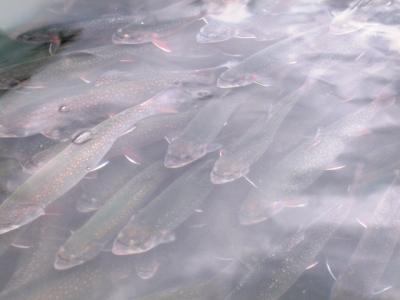
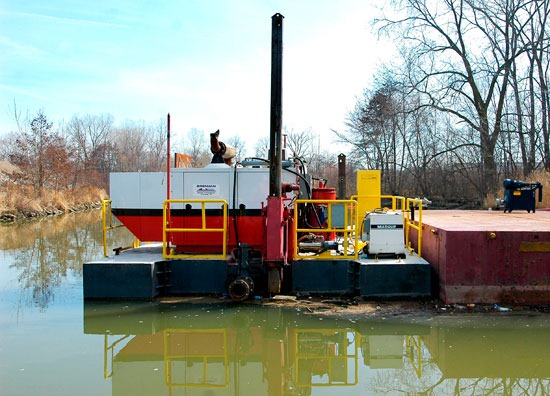
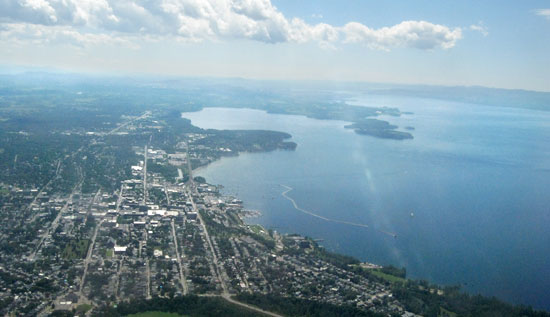
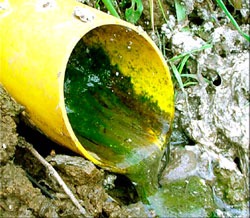



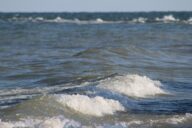


[…] conditions drive significant algae growths, local ecosystems are subject to damaging effects, and steps must be taken to improve water […]
[…] the six months since an action plan to clean Grand Lake St. Marys was released, there has been visible progress toward improving the water quality and economy of the […]
[…] the advisories, an initial plan to clean the lake was released, which focused on both internal and external nutrient loading. The […]